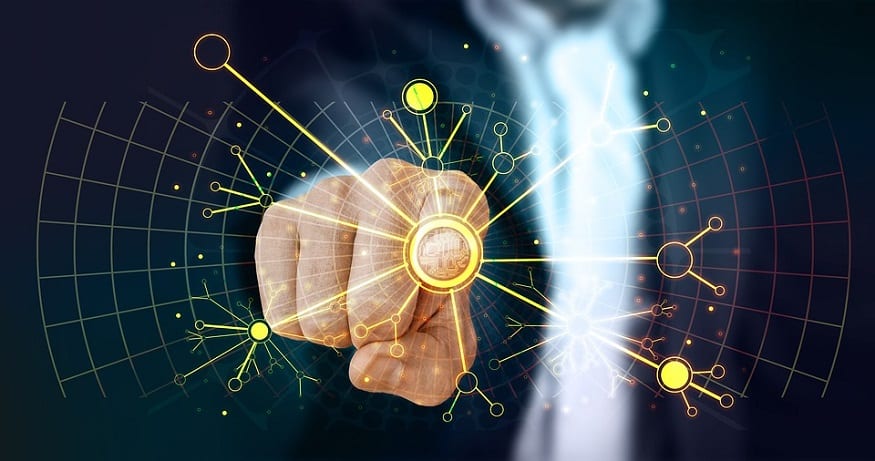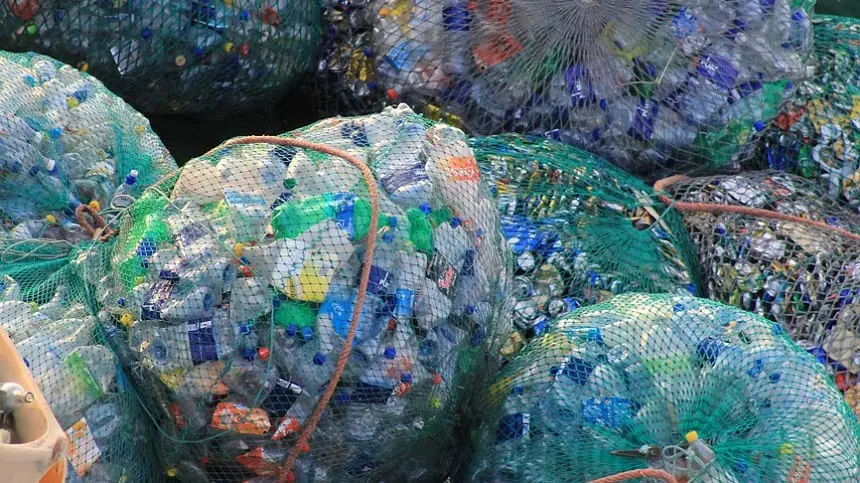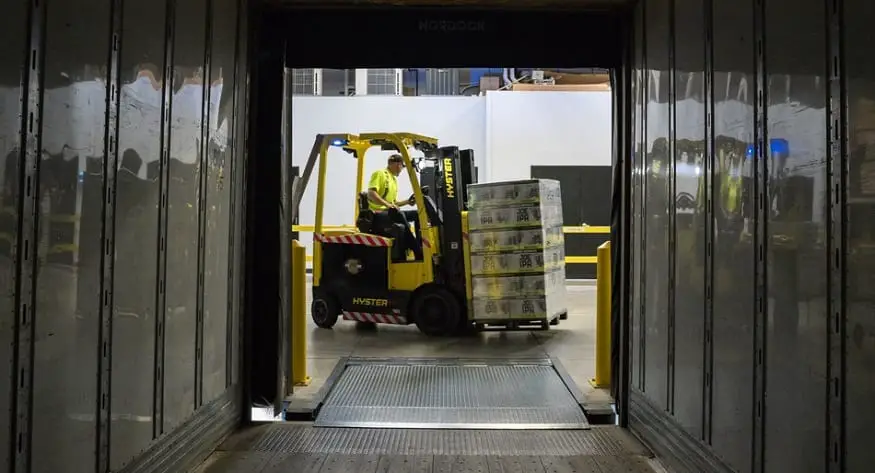
Future hydrogen cars could be cheaper due to new scientific development
February 27, 2019American scientists develop new method that could make fuel cells in the future cheaper for hydrogen vehicles.
Scientists from Johns Hopkins University and Purdue University in the US have developed a new method in the advancement of fuel cells which could lead to cheaper future hydrogen cars. Their method involves increasing the reactivity of ultrathin nanosheets by just a few atoms thick.
The scientists manipulated the strain effect to tune the ultrathin nanosheets.
The promising development that could lead to less costly future hydrogen cars has to do with manipulating the “strain” effect.
Strain is essentially the term used to describe the deformation of any material. For instance, when a piece of paper is bent it experiences disruption at the smallest, atomic level. The intricate lattices which hold the paper together are permanently changed.
“Every material experiences surface strain due to the breakdown of the material’s crystal symmetry at the atomic level,” said Chao Wang, an assistant professor at The Johns Hopkins University in the US, reports Tech2.
“We discovered a way to make these crystals ultrathin, thereby decreasing the distance between atoms and increasing the material’s reactivity,” Wang added.
Wang and the research team managed to manipulate the distance between atoms (strain effect), which results in a dramatic change in the material. By making the lattices within the crystal ultrathin – about a million times thinner than a strand of human hair – the scientists made the material easer to manipulate, in the same way how a single piece of paper is easier to bend than a thick stack of paper.
The scientists’ development could make it easier to find cheaper fuel cell catalysts, which could result in cheaper future hydrogen cars.
Jeffrey Greeley, a professor at Purdue University and another researcher a part of the team, said that the team is essentially utilizing force to tune the properties of thin metal sheets which make up electrocatalysts. Electrocatalysts are part of the electrodes of fuel cells.
Fuel cells are one of a number of promising technologies that are believed will help pave the way for emission-free electrical vehicles. However, the current challenge is the cost that is associated with fuel cell catalysts, the most efficient and reliable of which are precious and expensive metal catalysts, such as palladium and platinum.
Wang notes that by tuning the material’s thinness, the scientists are able to produce more strain. The resulting change in the material’s properties, including how its molecules are held together, means that there is greater freedom to speed up the reaction wanted on the material’s surface.
A more active catalyst for fuel cells can lower cost, boosting the possibility of widespread adoption of clean, renewable energy.
The researchers estimate that their new method, which uses 90% less of precious metals than what is presently needed to power a fuel cell, can increase catalyst activity by 10 to 20 times.
 This new strain manipulation method offers the potential for quicker and less expensive fuel cell power production and could one day lead to future hydrogen cars that are accessible to everyone. The research was published in the journal Science.
This new strain manipulation method offers the potential for quicker and less expensive fuel cell power production and could one day lead to future hydrogen cars that are accessible to everyone. The research was published in the journal Science.
Check out this article in our latest video…



 With over 15 years of reporting hydrogen news, we are your premier source for the latest updates and insights in hydrogen and renewable energy.
With over 15 years of reporting hydrogen news, we are your premier source for the latest updates and insights in hydrogen and renewable energy.